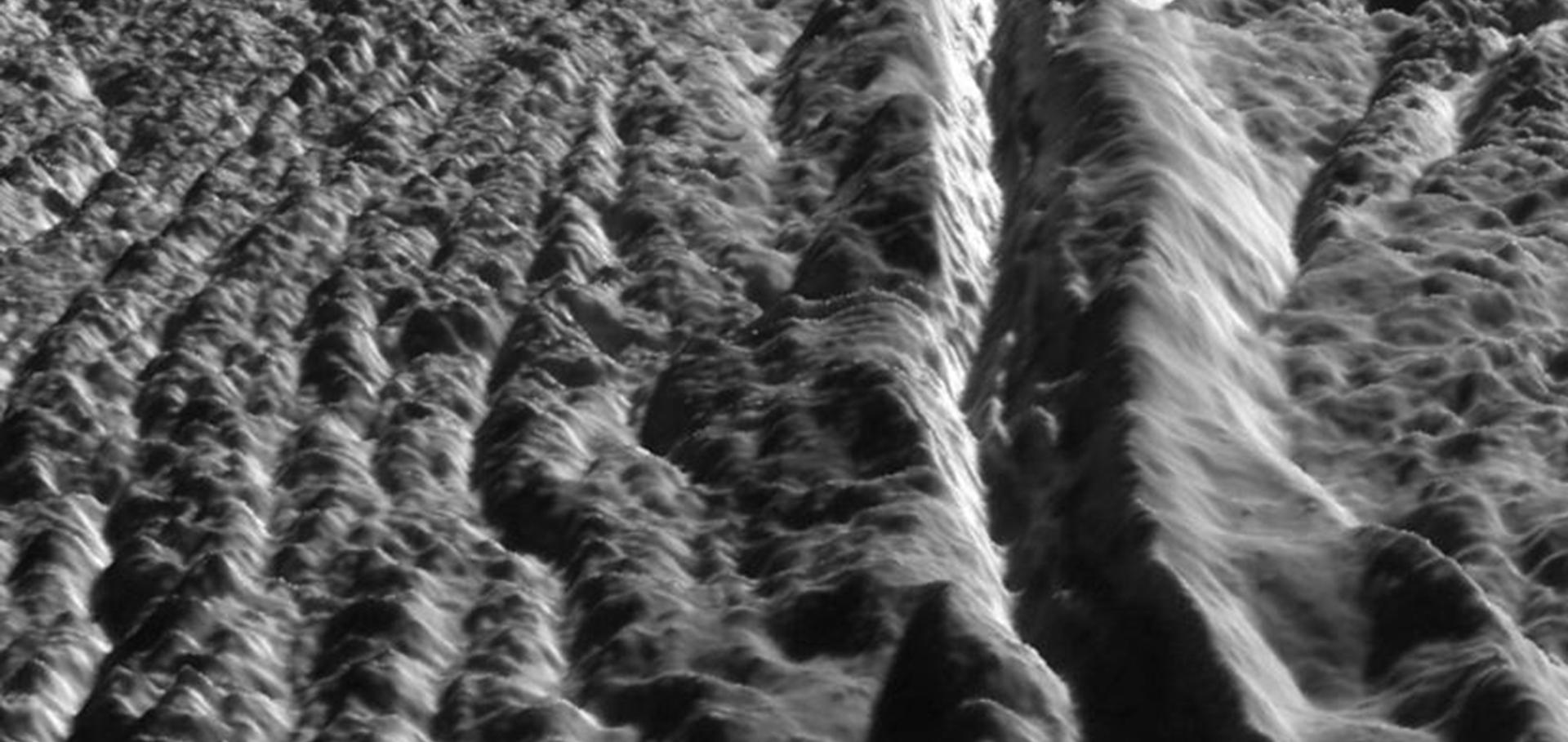Color, Composition, and Thermal Environment of Kuiper Belt Object (486958) Arrokoth
(2020)
Disk-resolved Photometric Properties of Pluto and the Coloring Materials across its Surface
The Astronomical Journal American Astronomical Society 159:2 (2020) 74
The distribution of H2O, CH3OH, and hydrocarbon-ices on Pluto: Analysis of New Horizons spectral images
Icarus Elsevier 331 (2019) 148-169
k-means aperture optimization applied to Kepler K2 time series photometry of Titan
Publications of the Astronomical Society of the Pacific IOP Publishing 131:1002 (2019) 084505
Abstract:
Motivated by the Kepler K2 time series of Titan, we present an aperture optimization technique for extracting photometry of saturated moving targets with high temporally and spatially varying backgrounds. Our approach uses k-means clustering to identify interleaved families of images with similar point-spread function and saturation properties, optimizes apertures for each family independently, then merges the time series through a normalization procedure. By applying k-means aperture optimization to the K2 Titan data, we achieve ≤0.33% photometric scatter in spite of background levels varying from 15% to 60% of the target's flux. We find no compelling evidence for signals attributable to atmospheric variation on the timescales sampled by these observations. We explore other potential applications of the k-means aperture optimization technique, including testing its performance on a saturated K2 eclipsing binary star. We conclude with a discussion of the potential for future continuous high-precision photometry campaigns for revealing the dynamical properties of Titan's atmosphere.Close Cassini flybys of Saturn’s ring moons Pan, Daphnis, Atlas, Pandora, and Epimetheus
Science American Association for the Advancement of Science (AAAS) 364:6445 (2019)

